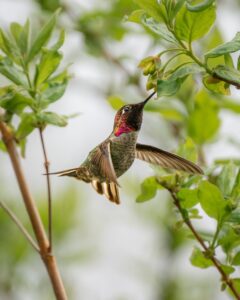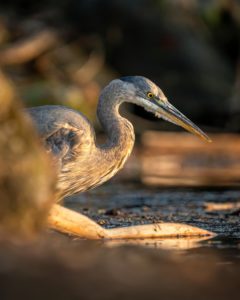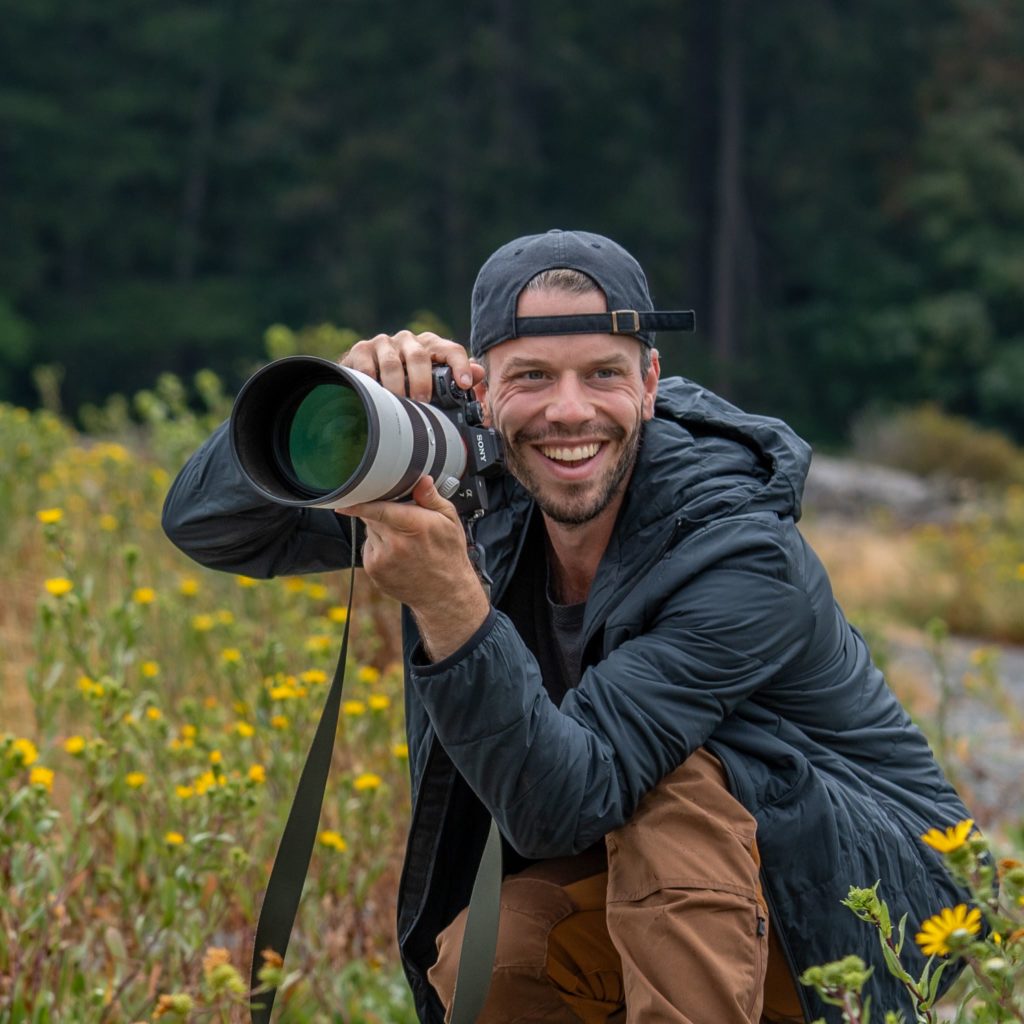Newfoundland is a hotspot for seabird photography, offering some of the best opportunities to capture puffins and northern gannets in their natural habitats. These seabirds return to the coastal cliffs of Newfoundland each spring to breed, and by timing your visit right, you can photograph their remarkable life cycles. However, Newfoundland’s weather, particularly its notorious fog, makes it a challenge to balance the ideal time for photography with the seabirds’ nesting activity.
Here’s what to expect as puffins and gannets arrive, nest, and eventually depart from Newfoundland’s rugged coastlines.
Spring: The Arrival of Puffins and Gannets
Spring marks the return of both puffins and gannets to their breeding grounds along the cliffs of Newfoundland, particularly at locations like Cape St. Mary’s Ecological Reserve and Elliston. By mid-to-late May, large colonies of these seabirds settle in, pairing off and preparing nests. During this time, you can capture them in bright, clear conditions, especially during the mornings and evenings when the light is soft and ideal for photography.
Photographing these birds in the spring offers a few advantages. The puffins and gannets are still in their breeding plumage, which makes for striking photos, and the weather is more stable, offering better visibility compared to the foggy summer months. Additionally, the birds are more active during this period, flying to and from the ocean as they establish their nests.
Summer: Nesting and Baby Birds
Summer is when the seabird colonies come alive with the arrival of chicks. Puffins nest in burrows, where they raise one puffling, while gannets build nests on cliffs. This is an exciting time to see baby puffins and gannets, but it’s also when Newfoundland’s infamous fog often rolls in, making photography more unpredictable.
While summer brings the added allure of photographing pufflings and gannet chicks, the dense fog that blankets much of the Newfoundland coastline can limit visibility for days on end. This poses a significant challenge, as even though the birds are more active with their young, capturing sharp, well-lit photos becomes a matter of luck.
That’s why we schedule our workshops in the spring. The lighting is better, the birds are just as photogenic in their natural behaviors, and you’re far less likely to be hindered by the fog. Although summer gives you the opportunity to witness puffins and gannets raising their chicks, the uncertainty of the weather often makes spring a safer bet for great photography.
Fall: Preparing for Departure
By the time fall rolls around, puffins and gannets are busy preparing for their migration. Both species begin to leave Newfoundland in late August to early September, making this a less ideal time for photography. While there’s still activity as they finish feeding their young and get ready to depart, the fog can remain a persistent obstacle. Additionally, the birds are less visible as they spend more time offshore, feeding for their long journey.
Photographing seabirds like puffins and gannets in Newfoundland is an unforgettable experience, but timing is everything. If you’re looking to capture them in optimal conditions with vibrant light and activity, spring is the best time to visit. Our Newfoundland seabird photography workshops are timed specifically to maximize your chances of getting stunning photos without the frustration of poor visibility.
Interested in joining us? Click here to learn more and book your spot, and we’ll guide you through photographing Newfoundland’s incredible puffins and gannets!




